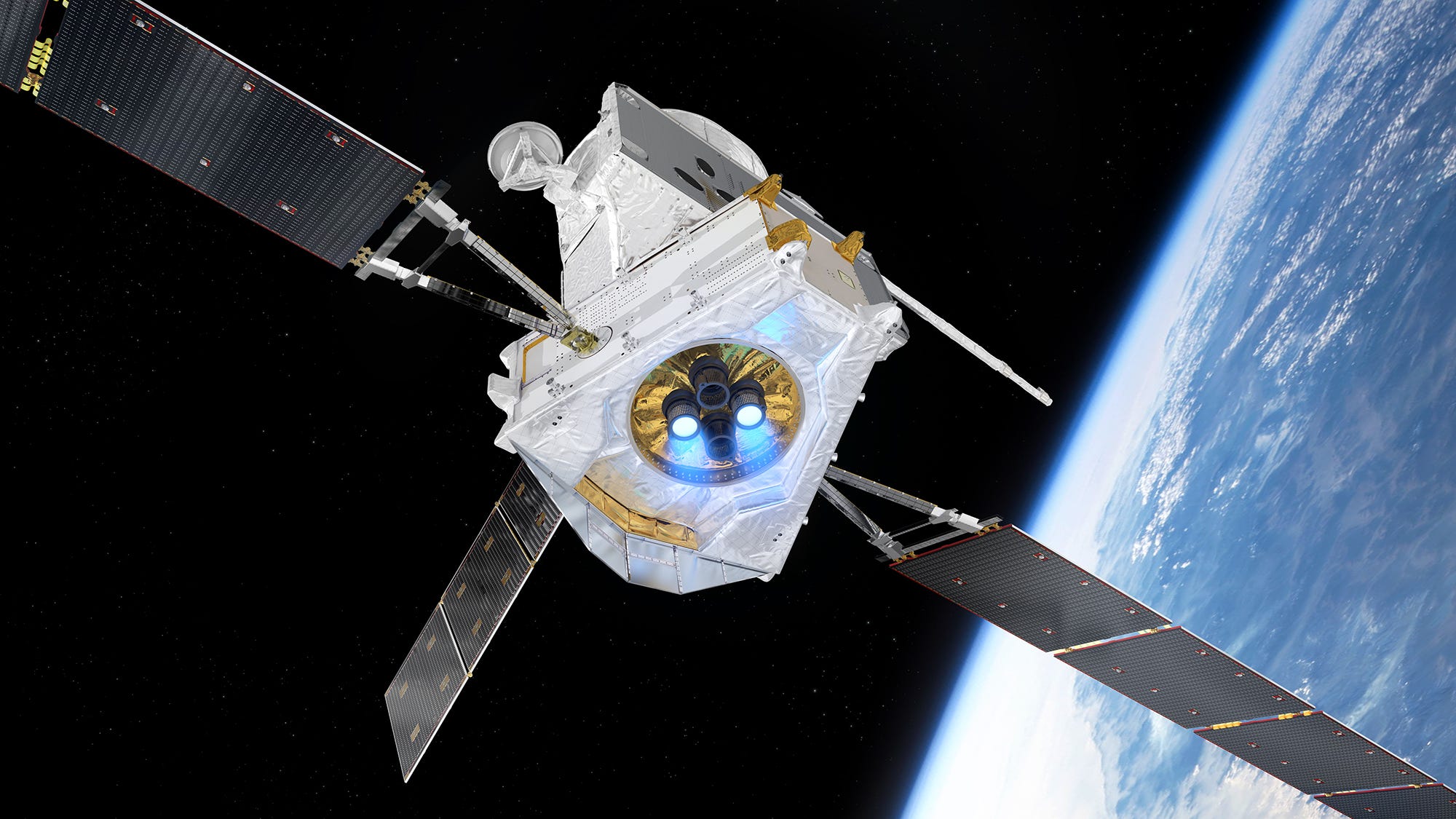
ESA/ATG medialab
- In mid-September, astronomers announced they detected a sign of potential microbial life on Venus: the presence of phosphine gas.
- The discovery needs some follow-up research. Fortunately, a spacecraft happens to be scheduled to fly by Venus on Wednesday night.
- The BepiColumbo spacecraft will swing by the planet on its way to Mercury.
- One of its instruments might be able to confirm phosphine in Venus’s atmosphere, but chances are slim because the instrument may not be sensitive enough to detect low levels of phosphine.
- Visit Business Insider’s homepage for more stories.
When Jörn Helbert found out that a team of astronomers had discovered phosphine gas on Venus, he grew excited.
Naturally occurring phosphine on Earth is only ever made by bacteria. Therefore, the presence of phosphine gas on Venus could mean the planet harbors alien life.
But Helbert, himself a planetary researcher at the German Aerospace Center, was especially delighted because of the discovery’s timing. It just so happened that a spacecraft he’s using for research, the BepiColumbo, was on its way to Venus at that very moment. What’s more, it had an instrument on board that could potentially detect phosphine in the superheated planet’s atmosphere.
“It’s fantastic,” Helbert told Business Insider of the timing. “Being able to take [this] data makes me very happy.”
At the time of the Nature study’s publication in mid-September, the BepiColumbo was just over a month out from Venus. Now, its approach nears. It’s scheduled to fly by the planet late at night on Wednesday, October 14, reaching its closest point at 11:58 p.m. ET.
At its nearest point, BepiColumbo will be about 6,200 miles (10,000 km) away from Venus, which could be too far to get a good reading. The infrared instrument Helbert has onboard, called the MERTIS for short, is better suited for Mercury, its final destination.
After running some tests with his team, Helbert said they determined that MERTIS could potentially measure phosphine in the planet if there's a lot of it. The Nature article estimated that Venus' atmosphere had phosphine at only about 20 parts per billion, which the MERTIS instrument couldn't detect.
"Based on the calculations we have done so far, if phosphine is only at the level reported in the [Nature] article we will most likely not be able to detect it," Helbert told Business Insider in an email. "If there is significantly more, we would be able to see it." The phosphine levels would have to be somewhere in the parts-per-million range, he said.

NASA/Banco de Imágenes Geológicas
Detecting phosphine on Venus
The MERTIS instrument, which measures heat energy emitted by objects, was built to study the composition of Mercury's surface. Different elements give off different heat signatures, which MERTIS uses to create images that researchers then study.
"Basically what we're looking at is heat coming off the planet," Helbert said. "That's why it's fantastic for Mercury, because it's a very hot planet with a strong heat signature."
Venus is hot, too, but MERTIS was designed to detect minerals on a planet's surface, not gases in its atmosphere, like phosphine on Venus. And to take detailed infrared images of an atmosphere, a higher-resolution instrument would be needed, Helbert said.
"For a surface instrument, MERTIS has high resolution," Helbert explained. "For atmosphere, it has low resolution."
A mission to Mercury

S. Corvaja/ESA
BepiColumbo launched in October 2018. It's carrying two satellites: one from the European Space Agency and one from the Japan Aerospace Exploration Agency. Its mission calls for these satellites to explore Mercury from different angles.
BepiColumbo is scheduled to enter Mercury's orbit in December 2025. Before that, though, it has to slow down enough to get captured by the planet's gravity. So it's flying by Mercury six times – and before that, by Venus twice – to use the planets' gravitational forces to curb its speed.
Even if Helbert's team cannot detect phosphine this week, they'll soon get another chance: In August 2021, the spacecraft will fly by Venus again. That time, scientists behind the mission will have had nearly a year to prepare, and will have learned from that first flyby. Plus, BepiColumbo will get much closer to Venus next time — only about 340 miles (550 km) away.
To detect phosphine on the first flyby, the team would have to get "very, very lucky," Helbert previously told Forbes. "On the second one, we only have to get very lucky."
